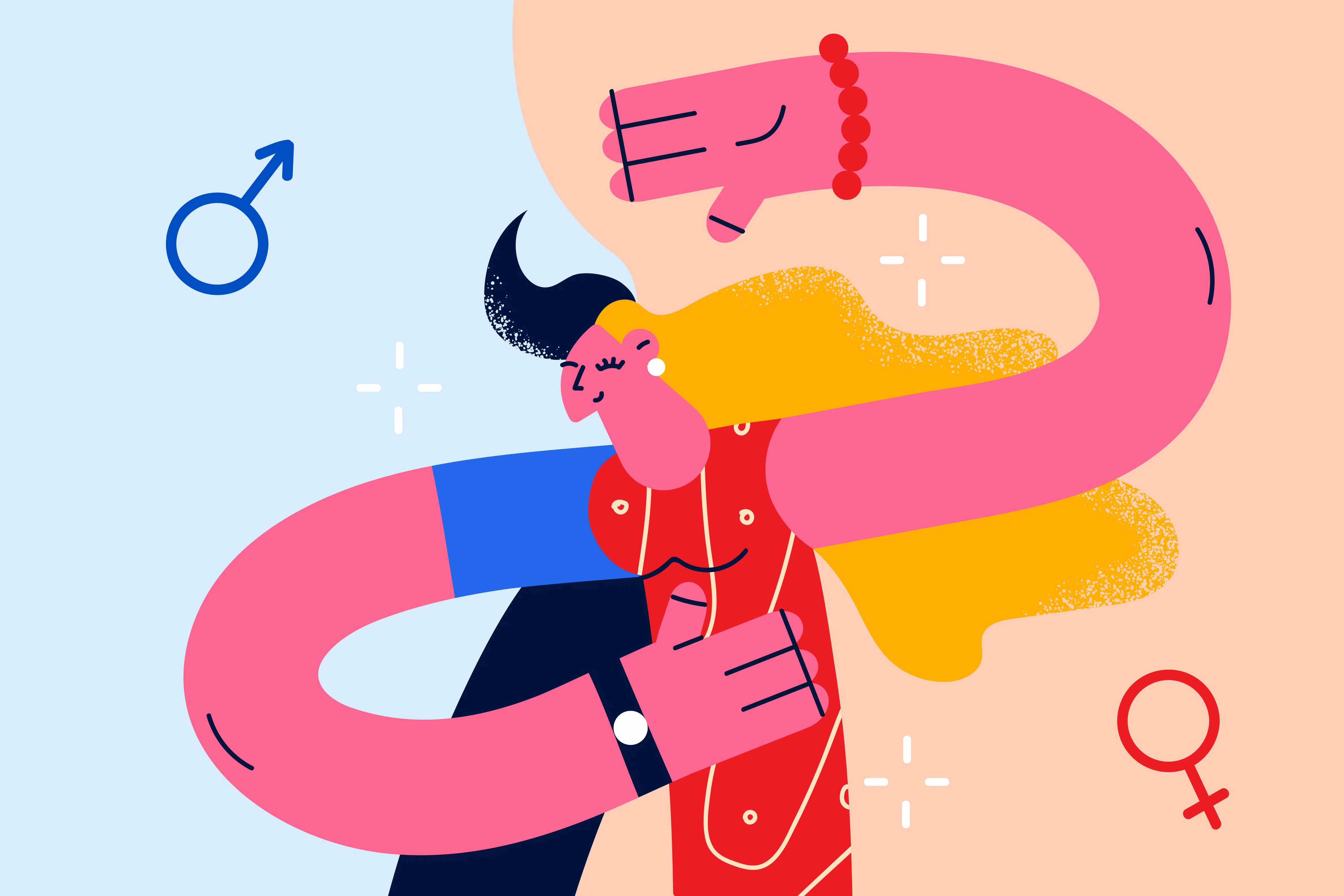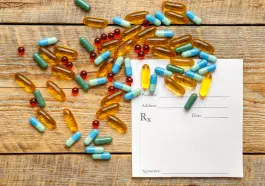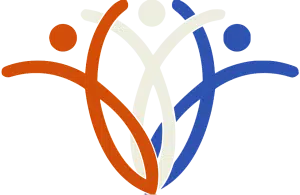When pursuing female-to-male (FTM) top surgery, this procedure can be life-changing for many transgender men. This surgery can get LGBTQ+ patients closer to being their authentic selves and the opportunity to live in the body they feel like best represents their identity.
Just like with any surgical procedure, there can be concerns, especially when it comes to pain. However, if you take the proper precautions and steps, you can minimize discomfort during your recovery.
Post-surgery pain management for top surgery is essential for optimal recovery. Staying on top of the pain you experience after a surgical procedure like top surgery will minimize risks like blood clots and pneumonia.
If you can manage the pain that comes after surgery, then you’ll be able to perform recovery exercises and ease back into your routine as soon as possible.
Different Types of Post-Surgery Pain
While pain is subjective, it can be a different experience for anyone undergoing surgery. Pain can be dull or a sharp stabbing pain that comes and goes. Pain can also impact your blood pressure, appetite, heart rate, and emotions. The key is early intervention – that way, you can treat pain the most efficiently. Types of postoperative pain can include:
- Muscular pain
- Throat discomfort
- Pain with movement
- Residual pain that comes after recovery
According to studies from the American College of Surgeons, 9 out of 10 patients report that the pain from surgery is mild or disappears approximately four days after surgery. As a result, your doctor or surgeon will provide you with a few days worth of pain relievers.
However, if you have severe pain following this initial period, you can call your doctor to make sure you don’t have an infection.
How to Manage Top Surgery At Home
Recovery for top surgery may not be as painful as you think. The first and second days follow the procedure are the most intense for pain, but it will get better as your recovery progresses.
If you follow the recovery instructions given to you by your doctors, you will be better able to manage home at pain without any incidents.
Use Ice Packs Or Cold Compresses
Cold therapy can improve pain, bruising, and swelling in the first couple of days following surgery. However, be sure not to apply ice packs or cold compresses directly to the skin. Instead, you will want to wrap it in cloth or a paper towel to protect the skin and avoid tissue or nerve damage.
Wear A Compression Binder
Even though it may be uncomfortable to wear a compression binder after top surgery, it will help with post-surgical pain. In addition, compression binders minimize the risk of bruising and swelling and will ensure that the surgical area is firmly in place. In essence, it supports the chest contour.
Take Your Medications On Time
Your doctor will provide you with pain medications after your surgery. These will include oral pain relievers. Also, you will be given instructions on how to take these medications and when.
Be sure to take them before any activities or when you go to bed. That way, you can get a good night’s rest. Also, do not wait until you are in immense pain before you take your pain medication. Since it can take time for the pain medicine to take effect, you’ll want to take it before the pain gets out of control.
Set Up Your Recovery Room and Sleep Often
When you start preparing for your top surgery, one crucial step is to set up your recovery room, no matter where you decide to rest. Here are some helpful tips:
- Make sure it is well air-conditioned or heated, depending on the climate. When you can control the room temperature, it can make a huge difference in your comfort levels.
- Plan for your sleep position and intend to keep your head elevated. If possible, you can invest in a recliner if you are recovering from home. If this isn’t feasible, you can purchase back-support pillows and neck rests, especially if you need to travel. These items will help you stay comfortable without putting any strain on your chest.
- Plan to have some relaxing music around as it can be healing. It will set a good mood for your recovery, and be sure to have it nearby so that you can easily access it.
Keep Your Head Elevated
It is recommended for patients to keep their heads elevated at all times following surgery. The reason for this is that it helps with pain by reducing swelling. It also prevents any pressure and strain on the incision areas and is better for wound healing.
To elevate your head better, use a recliner at home or wherever you are recovering. You can also keep your head up with pillows while you sit upright.
If you can find methods to help manage your pain, then you can expect a successful recovery. You can watch the video “Managing Pain After Top Surgery” from the Gender Confirmation Center for more information about managing pain. If you are a potential future top surgery patient, the Gender Confirmation Center’s objective is to ensure your surgical journey is as comfortable as possible. While it’s true that any surgery has some level of post-operative pain, they have the safest protocols that can help you manage it.















